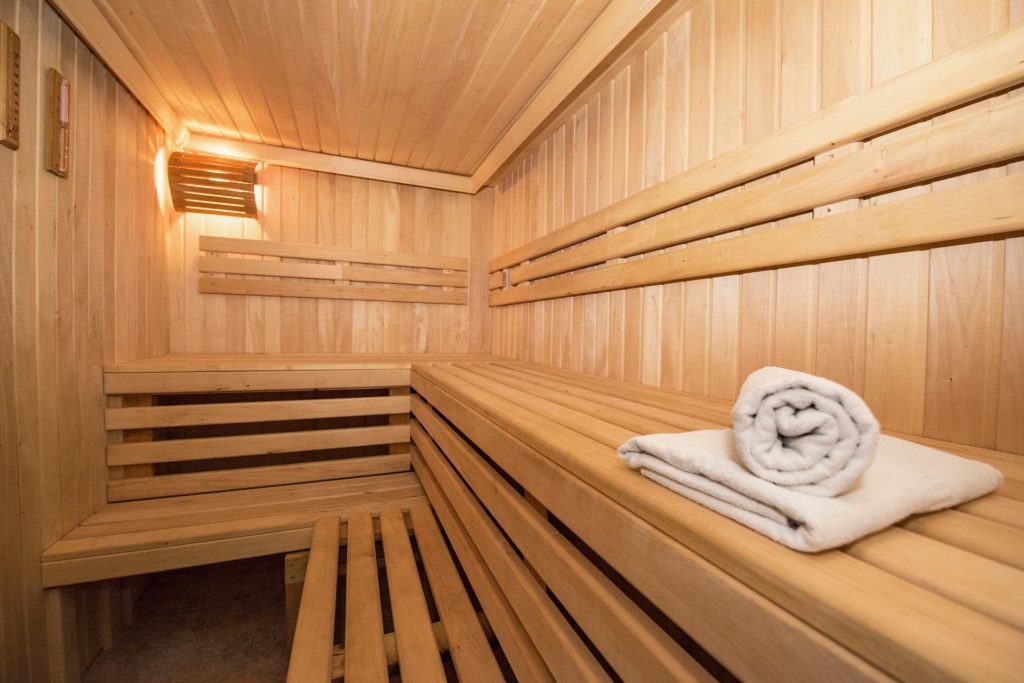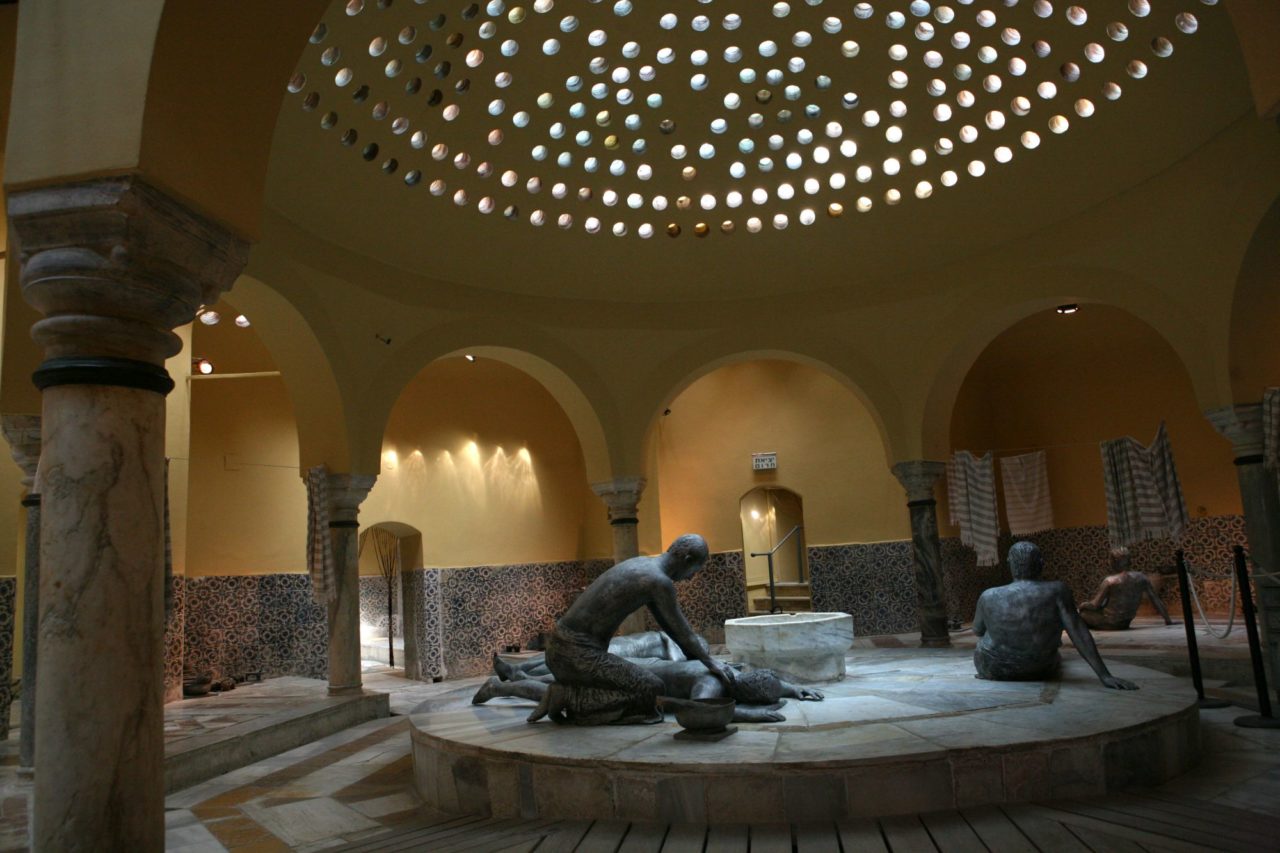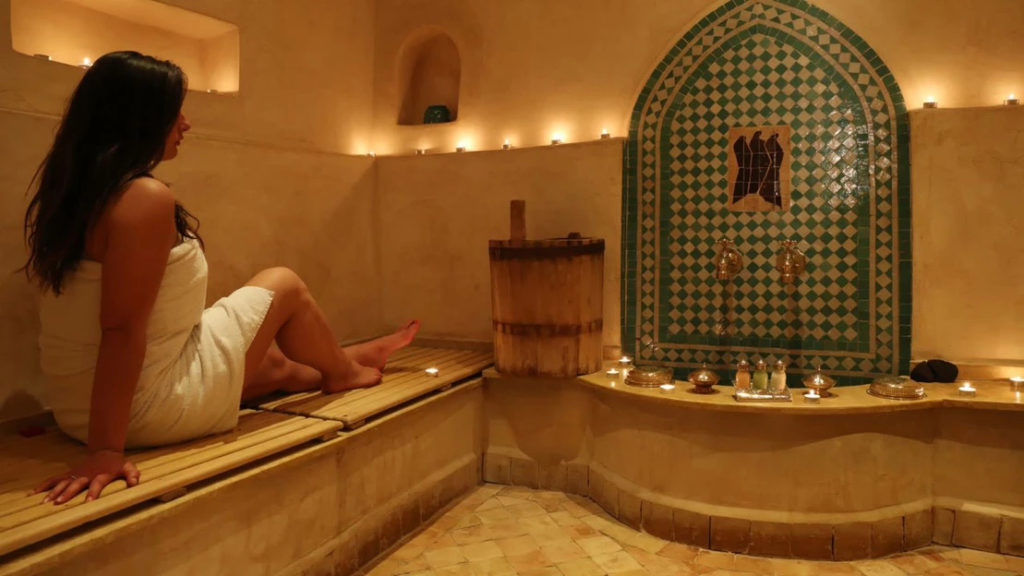The Turkish bath is renowned for its health benefits as well as its relaxing effects. But do you really know what this practice involves and how it can improve your health and well-being? In today’s article, we’ll explore the Turkish bath, its properties, and what sets it apart from the sauna, with which it is often confused.
What is the Turkish bath?
The Turkish bath is enjoyed by millions of people around the world. It is a relaxation practice that dates back thousands of years, and its popularity doesn’t seem to fade over time, thanks to the sensations it provides and the health benefits it offers, particularly for the lungs.
The Turkish bath is often mistaken for the sauna, but they are not the same thing! Further below, we’ll explain what sets them apart.
The Turkish bath, or hammam as it is also known, is a relaxation practice that involves staying in an environment saturated with water vapour, with 100% humidity and a temperature ranging between 40 and 50 degrees Celsius.
What are the health benefits of the Turkish bath?
Since the emergence of the Turkish bath, its benefits have been well recognised. Since then, thanks to the adoption of more modern techniques, its qualities have increased. Let’s take a look at some of the benefits:
- Detoxifies the body, helping to reduce fats and toxins. It is especially beneficial for those who experience fluid retention.
- Recommended for people with skin allergies, lung problems, or suffering from bronchitis, sinusitis, rhinitis, obesity, rheumatism, and physical and mental exhaustion.
- Helps to degrease the scalp, improving oily hair problems.
- Reduces stress and alleviates muscle pain.
- Allows for better oxygenation and revitalisation of tissues.
- Helps to slow down skin ageing, making it smoother.
Turkish Bath VS Sauna: what are the differences?
As mentioned above, the Turkish bath and sauna are often confused. Although they are quite different relaxation practices, the confusion is understandable: both involve being in an enclosed space with high temperatures.


The environment
While the Turkish bath involves a humid atmosphere reaching 40 to 50 degrees, the sauna consists of staying in a dry atmosphere with temperatures exceeding 70 degrees.
The space
The space is also different. Saunas typically have wooden panelled walls, benches, and large clay pots, where eucalyptus leaves are sometimes placed.
The Turkish bath, on the other hand, is more ornate. It usually features hot water bowls, luxurious marble walls, carved stone benches, and other decorations.
Brief history of the Turkish bath
The origin of Turkish baths is, naturally, in Turkey. Initially, Turkish baths were a kind of purification ritual. However, doctors and experts of the time quickly realised the immense health benefits these rituals brought and began practising them for other purposes.
From then on, they began to be widely used to hydrate the body, unclog pores and respiratory passages of Ottoman merchants who travelled long distances across the desert. The fame of Turkish baths started to spread through Armenian, Arab, Greek, and Roman civilizations and only reached Europe in the 17th century.
What is the price of a Turkish bath?
The price of a Turkish bath and its installation depends on many factors: do you prefer a custom build or a prefabricated cabin? Will the stone be luxury or just of reasonable quality? Will you want to include ceramic bowls and other decorations?
The answers to these questions influence the price of the equipment, as well as how it will be built and installed. Therefore, the best option is to request a quote and get a specific price for your case.
Dreampools has a specialised team in Turkish baths that can help you understand the best options for you.


